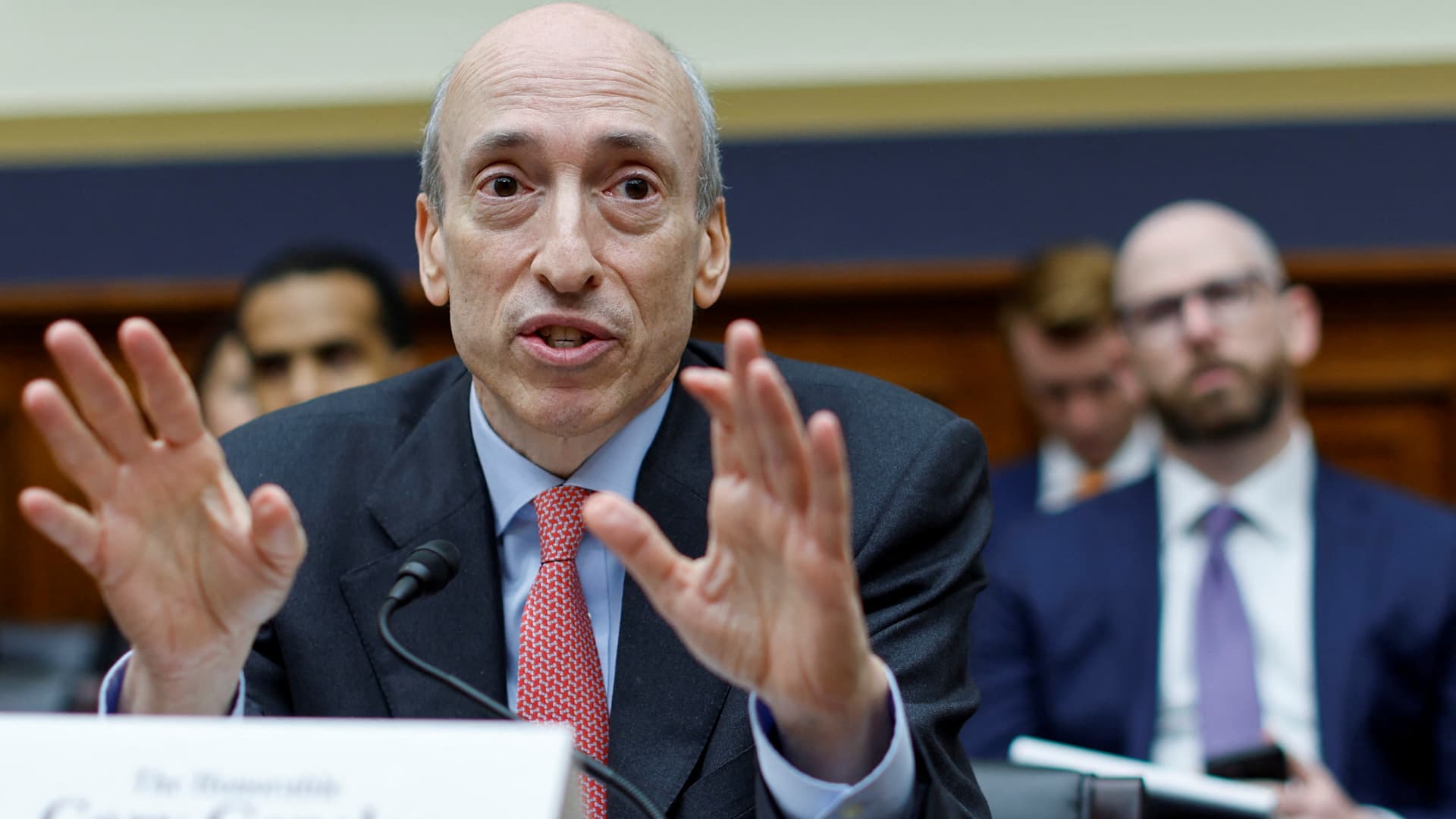WASHINGTON:
Boeing
’s new
Starliner
astronaut capsule was launched from Florida on Wednesday in a much-delayed first test flight carrying a crew, a milestone in the aerospace giant’s ambitions to step up its competition with Elon Musk’s
SpaceX
. The CST-100 Starliner, with Nasa
astronauts
Butch Wilmore and Indian-origin Sunita Williams aboard, lifted off from the Cape Canaveral
Space Force Station
in Florida, strapped to an Atlas V rocket furnished and flown by Boeing-Lockheed Martin joint venture United Launch Alliance.
The gumdrop-shaped capsule and its crew headed for a rendezvous with the International Space Station (ISS), following years of technical problems, delays and a 2022 test mission to the orbital laboratory without astronauts aboard.
Last-minute issues had nixed the Starliner’s first two
crewed
launch attempts. But on Wednesday, the Atlas V’s engines thundered to life in flaming clouds of exhaust and coolant-water vapour as the spacecraft roared off its launch pad into sunny skies from Florida’s Atlantic Coast.
The rocket’s upper stage separated from its lower section about four minutes into flight, followed by Starliner’s separation from the second stage. Now on its own, the spacecraft fired its onboard thrusters to start pushing itself into orbit, mission managers said, a process that will kick off its 24-hour catch-up journey with the ISS, the orbiting research outpost some 400 km above Earth. Starliner will need to execute precise maneouvers to dock with ISS as planned on Thursday, demonstrate it can stay docked for eight days, then safely return the two astronauts.
Boeing intends for Starliner to compete with SpaceX’s Crew Dragon capsule, which since 2020 has been Nasa’s only vehicle for sending ISS crew members to orbit from US soil.
The inaugural crew for the seven-seat Starliner includes two veteran astronauts: Wilmore, 61, a retired US navy captain and fighter pilot, and Williams, 58, a former Navy helicopter test pilot with experience flying more than 30 different aircraft. They have spent a combined 500 days in space over the course of two ISS missions each.
Wilmore is the designated commander for the flight, with Williams in the pilot seat. Williams made history as the first woman to embark on such a mission. And it won’t be her first entry in the history books. In 2012, during a prior trip to the ISS, Williams became the first person to finish a triathlon in space, during which she simulated swimming using a weight-lifting machine and ran on a treadmill while strapped in by a harness so she wouldn’t float away. That came after she ran the Boston Marathon from the space station in 2007.
(With PTI inputs)

 5 months ago
23
5 months ago
23







